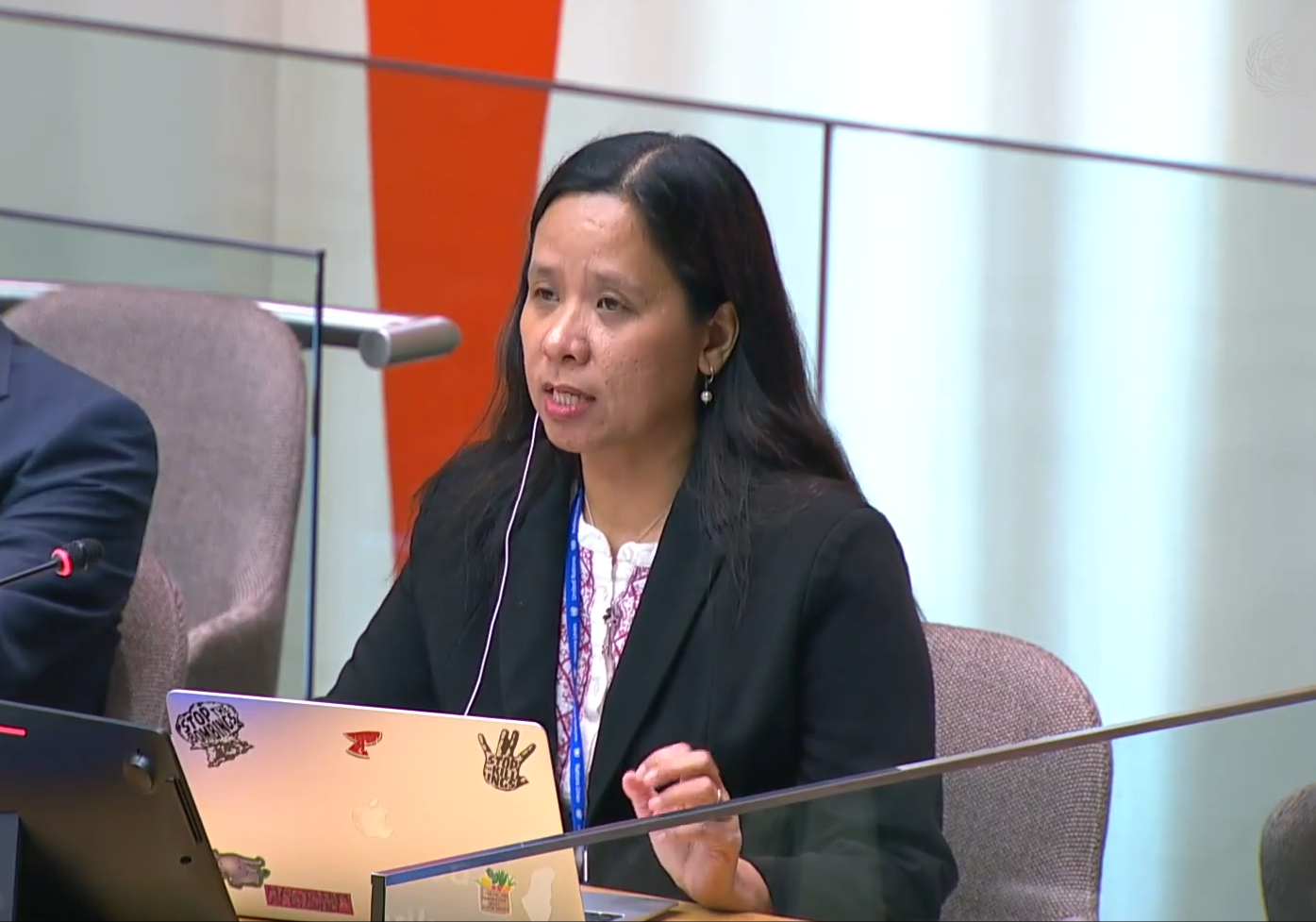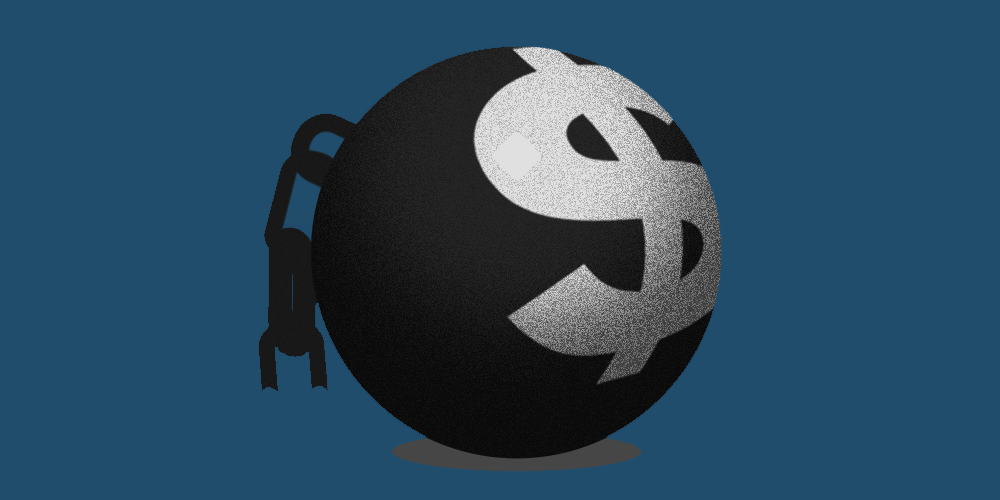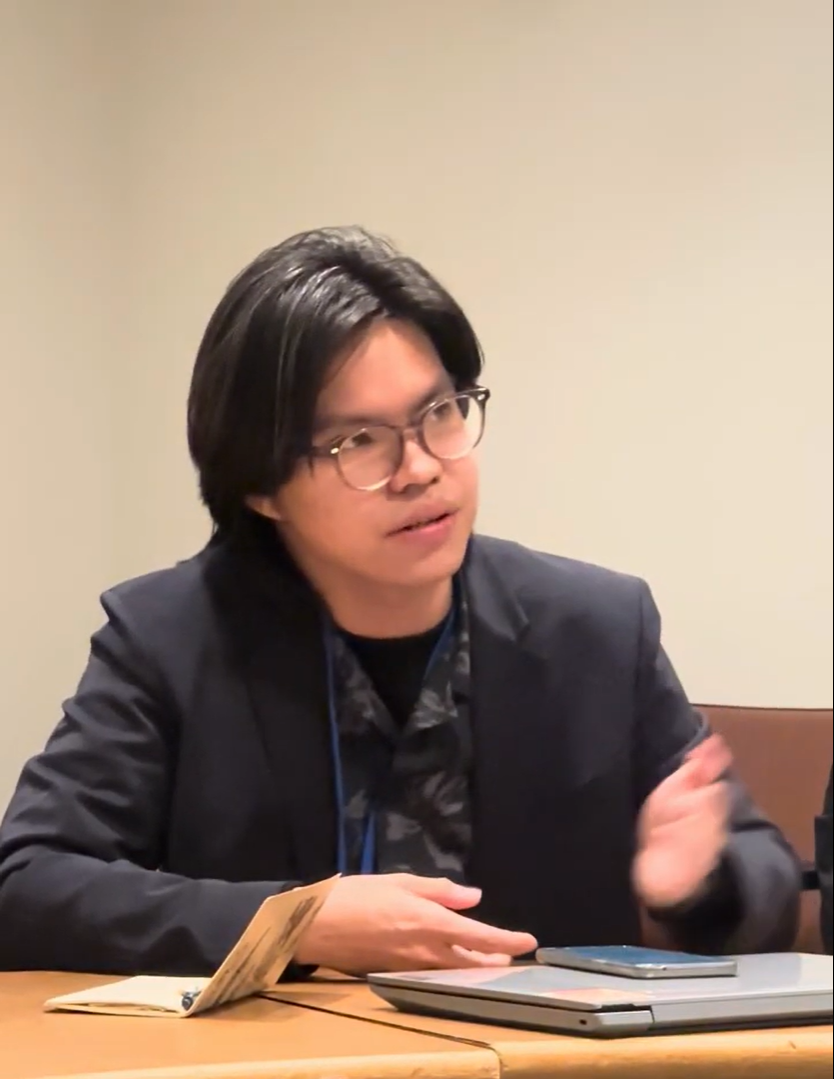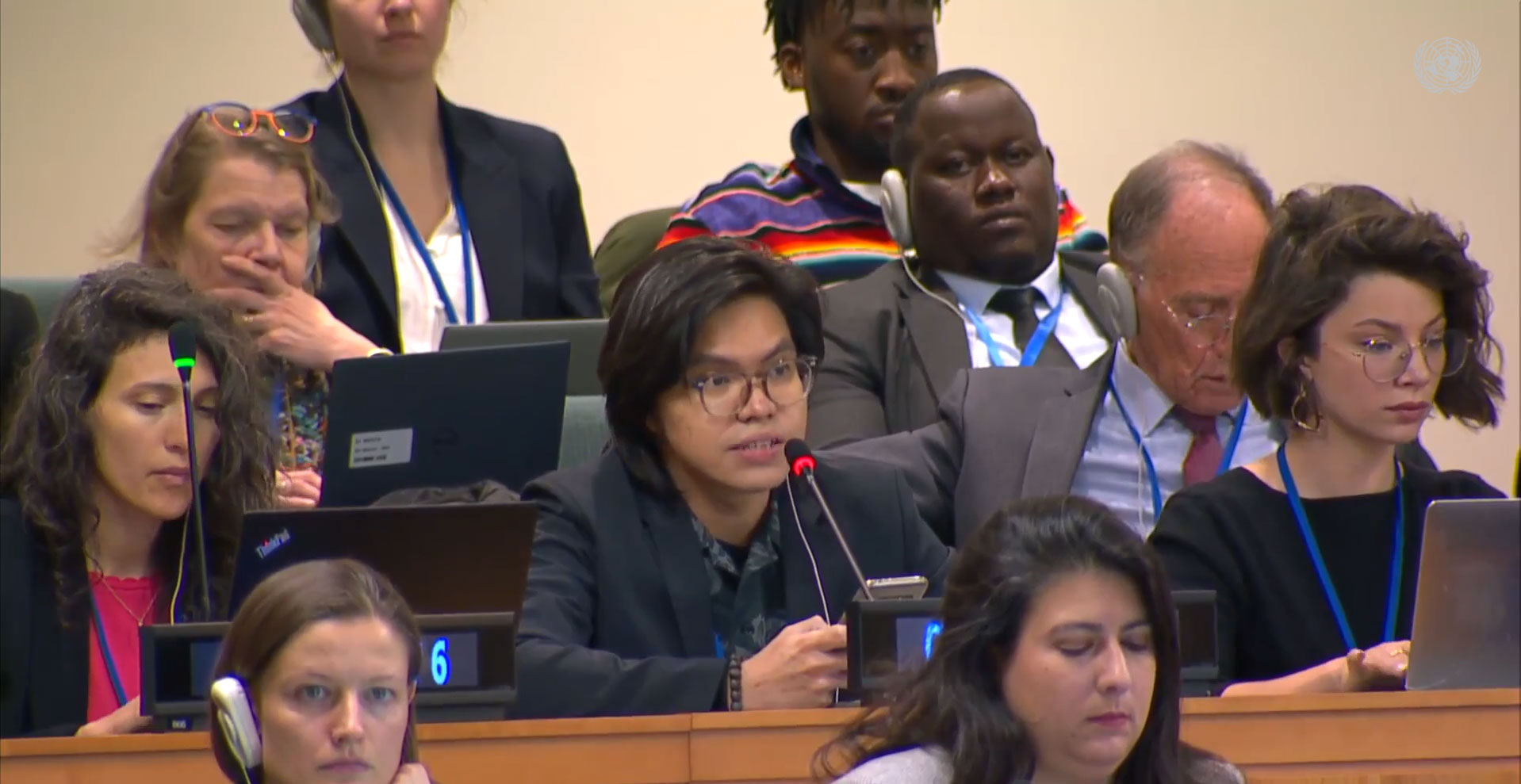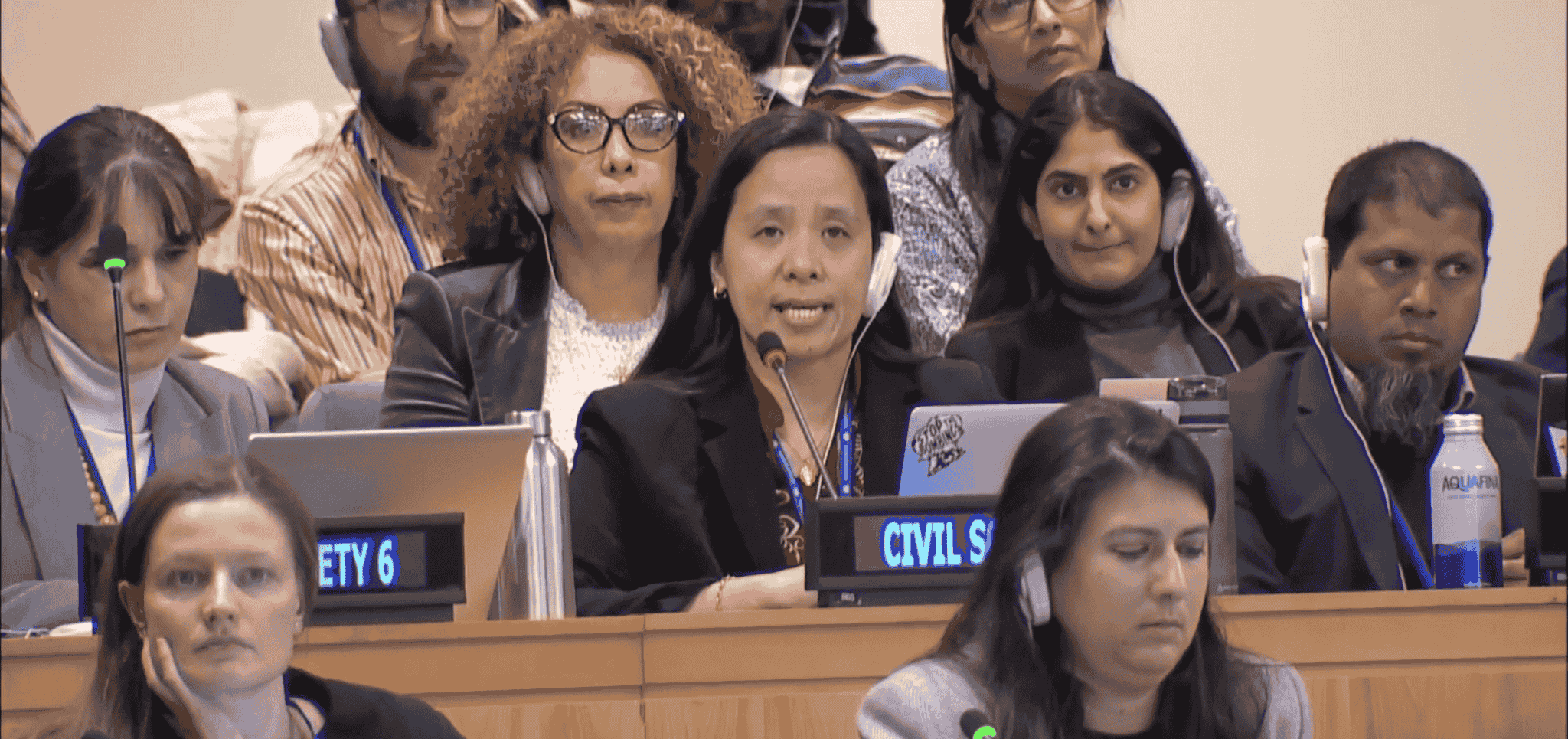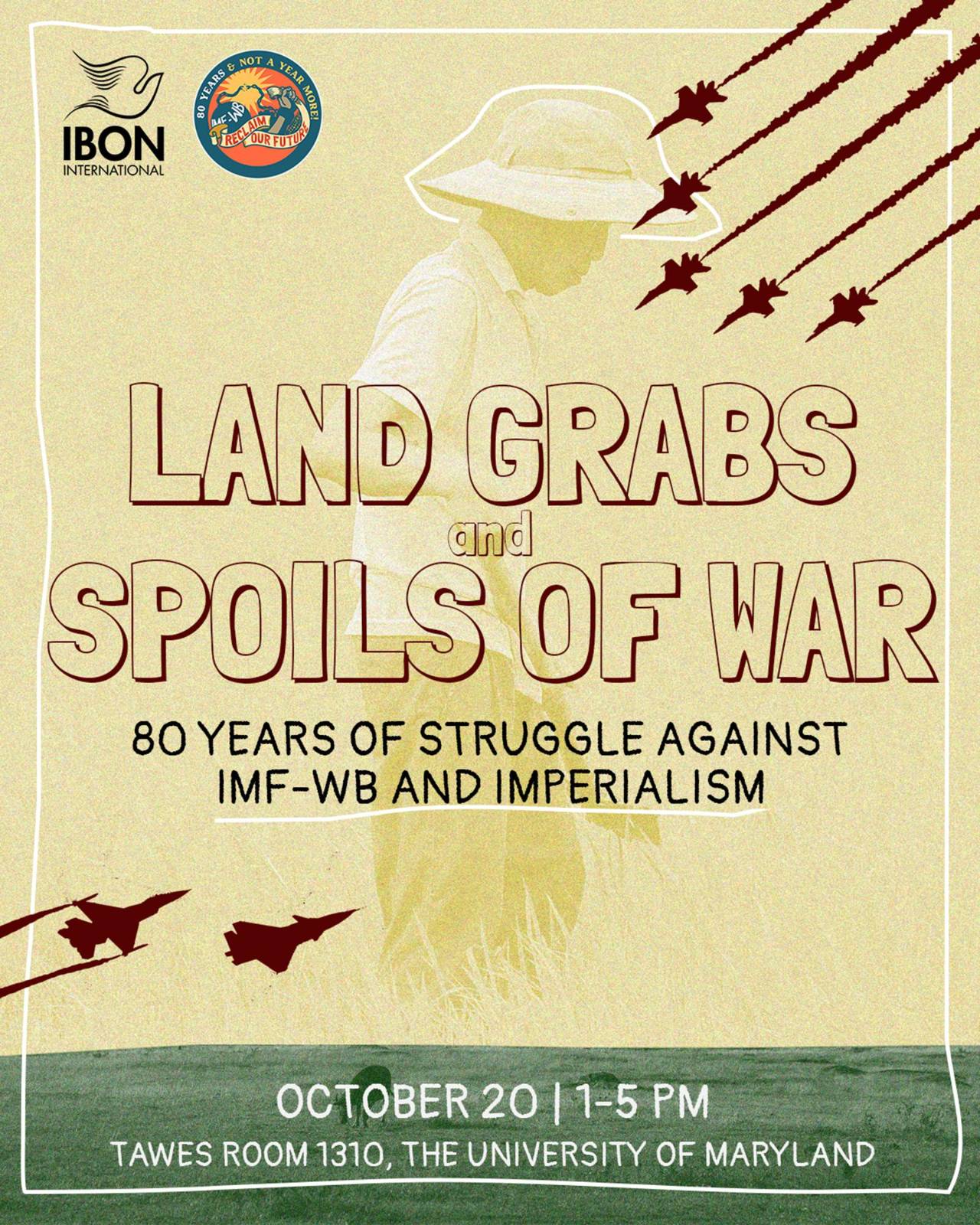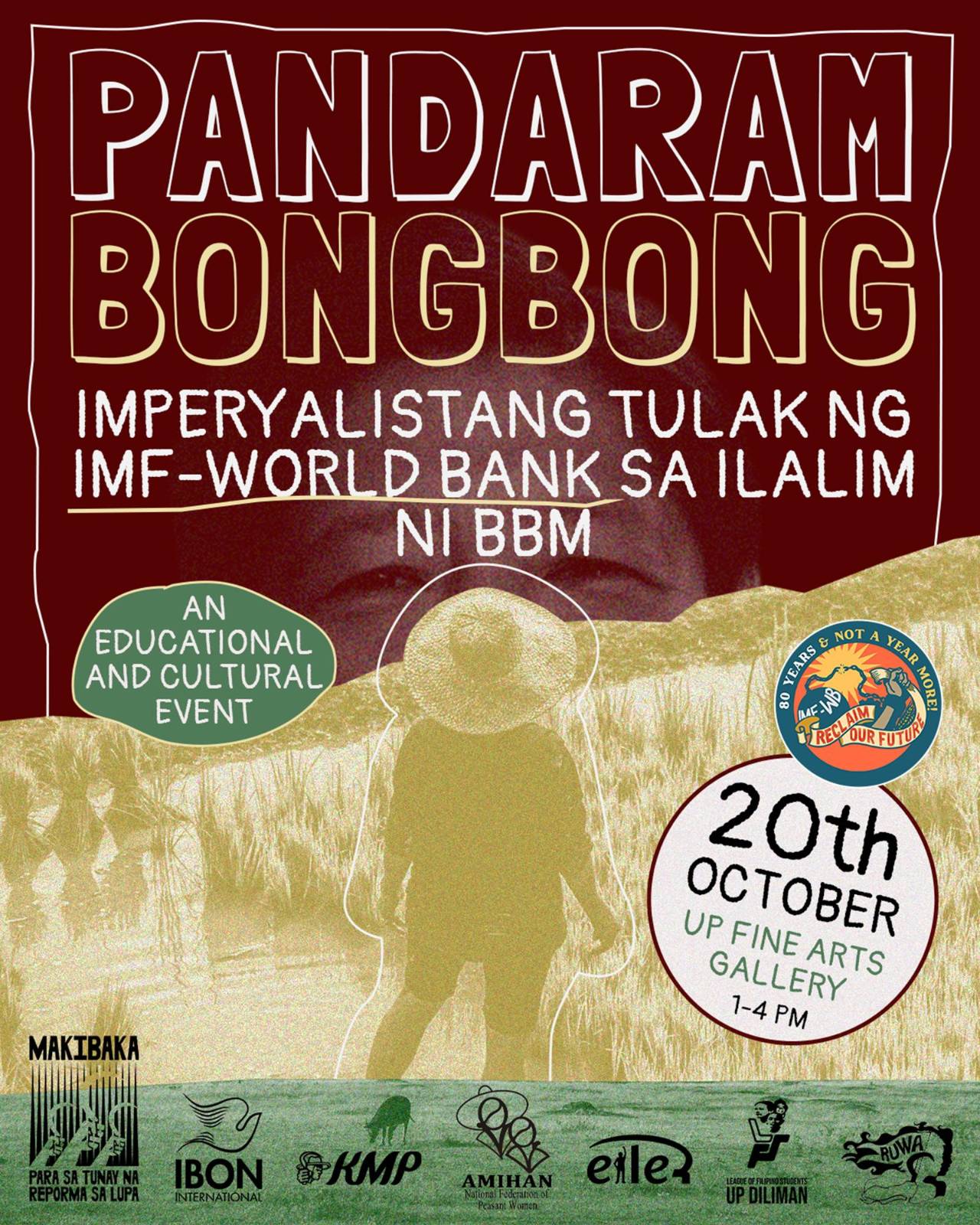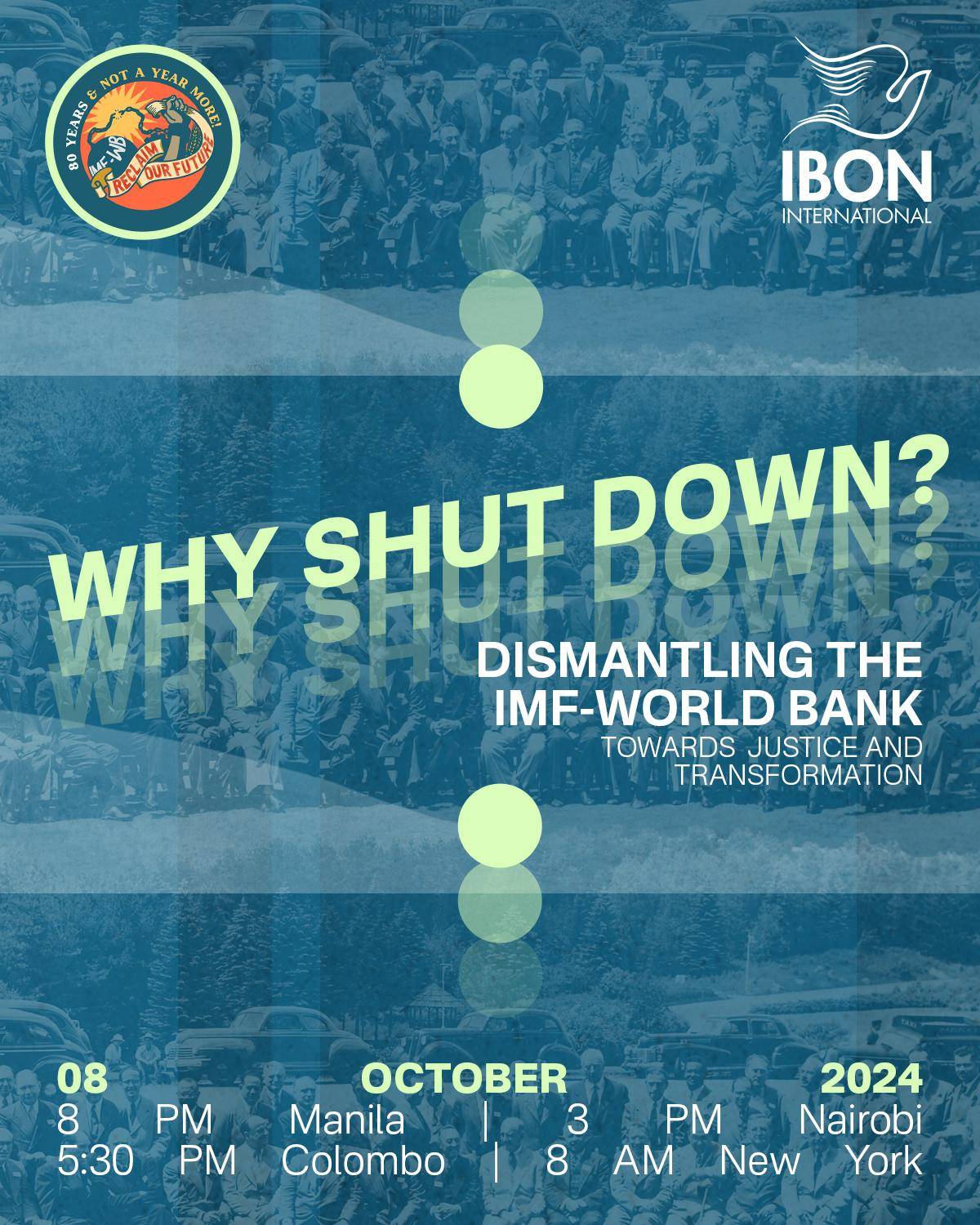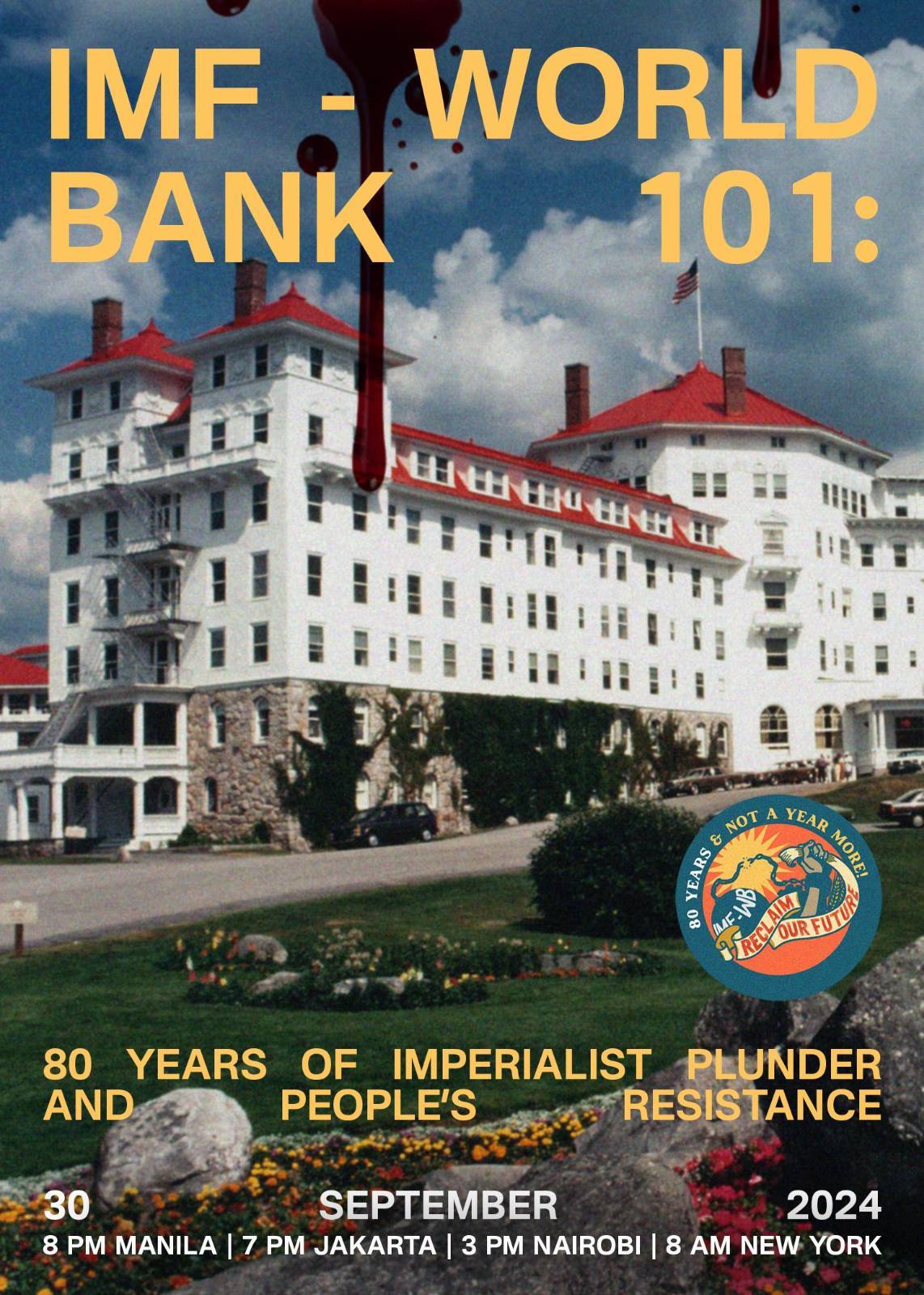The following article is based on an input by Rodolfo Lahoy of IBON International at the Eurodad webinar, “What the latest aid data means & forecasts for the future,” on June 20, 2024.
Interest in thinking about aid and development co-operation amid our current conjuncture, as indicated by this online event, tells us about the urgency of multiple crises raging around the world. Aid and development co-operation has historically tended to be a technical discussion, so bringing a more explicitly political perspective – that is, pertaining to issues of power – is essential to expand possible approaches to move forward.
Quantitatively, Eurodad’s report (“Is this what aid was meant to be?: A critical analysis of Official Development Assistance in 2023”) adequately shows that the rumours of ODA’s “historic highs”, in terms of amount, are in certain ways exaggerated.
Qualitatively, looking at the “how” of aid in terms of the global South is necessary to situate aid flows in the broader historical context of neocolonialism – or global powers’ indirect and continuing forms of colonialism in the economic, social, and political life even after nominal independence of many countries in the global South.
Aid and neocolonialism
In conversations of aid, this means asking: Is aid correcting historical and persisting financial and resource extraction, and contributing to development paths that correct power asymmetries? After decades of resource South-to-North resource outflows, is ODA serving a reparative purpose? Is it supporting potentials for structural transformation?
Our answer, currently, is not yet.
Current aid flows are being channelled today amid ongoing net negative transfers of wealth. In civil society projections, debt payments alone outstrip any inflows (grants and public loans) to the global South. Financial resources are actually flowing out of the South to the North: they are projected to be USD 21 billion in 2023, USD 50 billion in 2024, and another USD 18 billion in 2025. This is not counting the USD 152 trillion worth of resources drained from the global South from the 1960s to 2017 through cheapening workers’ wages and prices of exports. In the Asia Pacific, according to the latest Reality of Aid report, ODA that was channelled as loans has increased since the pandemic and is currently higher than pre-pandemic levels – increasing public indebtedness.
Aid remains essential as public resources for development needs. The continued rise of far-right political parties in Europe is alarming as they could even worsen the existing problems in the quality of aid and development co-operation.
That is, the risk is the worsening of the barriers to the global South’s ownership of development paths and to prospects of people-centred development. These barriers to real development include: tied aid, where corporations of the global North become the main beneficiaries of aid; the prioritisation of US and EU foreign policy as seen in the USD 20 billion of aid flowing to Ukraine in 2023, while the people in Palestine struggle under the perpetual crisis of occupation and now genocide; the instrumentalisation of public resources, such as aid, for profit, due to the influence of international financial institutions like the World Bank. And, lastly, the prevailing aid system functions to presuppose and support the current “development” model of financial markets and commodity exports for monopoly capital. All are far from development that advances rights and sovereignty.
Some new directions
It is a time for both narrative shifts and urgency. From the perspective of an organisation in the global South, it is imperative to:
- Support calls to review the “ODA modernisation” process of the past years from a developmental lens. In the last analysis, was it about modernising ODA for the times or rather, a dilution of the public interest mandate of aid?
- Support discourses on aid debt – and think in terms of both what is owed from unpaid commitments.
- Advance a UN Convention on Development Co-operation, as a basis for states’ accountability and an architectural shift to a more democratic governance of such public finance flows. It is one step in the right direction, shifting the conversation from donor blocs to the broader member-states of the UN, especially amid the Fourth Financing for Development Conference in 2025.
- Locate aid within a broader international public finance architecture – this is to open discussions on systemic shifts that stop the haemorrhage of resource extraction, and to clarify the role of aid in structural transformation. Economic transformation, through national industrialisation and genuine agrarian reform, remains a decisive way of addressing inequalities in the global South.
Such shifts in narrative and governance are enabling conditions for our ambitions of democratic ownership of development, a key principle of the effectiveness agenda, wherein peoples’ rights and sovereignty are primary over developed states’ foreign policy and their enterprises’ profits. The goal could be summarised in the words of Eduardo Galeano: the “recovery of the resources that have always been usurped is recovery of our destiny.”


